Time to malware-scan new PCs before first use

You have probably heard about PCs being infected in China with malware in factories as part of the manufacturing process. If you have not, I suggest you read The Guardian's article first as it provides you will all the relevant information regarding this. In short: Microsoft purchased a small sample size of 20 new PCs in China to analyze them in detail. The company found out that none of the Windows licenses were genuine, and that malware was installed on four of the twenty PCs.
While it has not been explicitly mentioned in the article, it is likely that those PCs have been produced for the domestic market and not export. Still, that malware is installed on Windows PCs during manufacturing should concern all Windows users, as the majority of PCs get produced in countries like China. Even if the likelihood that exported PCs get infected with malware is slim, one has to realize that this is certainly a possibility.
To avoid operating an infected PC, Windows users who bought a new PC, and this includes desktop PCs, laptops and tablets, should scan it thoroughly before they run it. The best way to achieve that is to use antivirus software that you can boot from. Here is a selection of programs that you can use for that:
- Avira AntiVir Rescue System - Powered by Avira's popular antivirus technologie. The download has a size of about 250 Megabytes. All you need to do is run the executable once the download has completed. This triggers a disc burning dialog that allows you to burn the rescue system to CD or DVD. You then need to boot the new PC from the disc to access the virus scanner and scan the PC.
- Dr. Web LiveCD - Dr.Web CureIt is another program that I use regularly to scan PCs for virus infections. The Live CD is offered as an ISO image that you need to burn to disc. There is also a version that you can put on an USB Flash Drive.
- Kaspersky Rescue Disk 10 - This one is offered as an ISO image as well which you need to burn to CD or DVD. It ships with Kaspersky's latest antivirus engine.
- Alternatives: AVG Rescue CD, F-Secure Rescue CD, Panda SafeDisk, BitDefender Rescue CD, Norton Bootable Recovery Tool
The process always contains two steps: burn the live CD to disc or copy it to an USB Flash Drive to boot your PC from the disc or device afterwards. I'd suggest to run at least one, better two, different security programs to make sure your PC is clean before you start booting into the operating system itself.
It is not recommended to boot in the OS to run a malware scan there as you may run into all kinds of troubles doing so depending on the malware that is operating on the PC.
Closing Words
This may look like overkill to some and I agree that the likelihood of buying a factory infected PC in many parts of the world is slim. Still, I prefer to be safe than sorry, and since it should not really take that long to scan the PC, considering that it contains only the operating system and maybe some crapware the manufacturer installed on it, it is not that much of a nuisance after all.
Another thing: this is not an issue that is limited to Windows PCs. Since malware is installed during manufacturing, any device can be affected by this. And yes, this includes Linux and Mac systems.
Advertisement
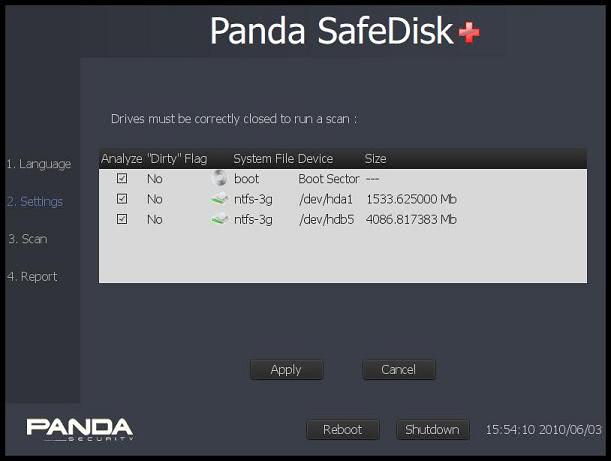
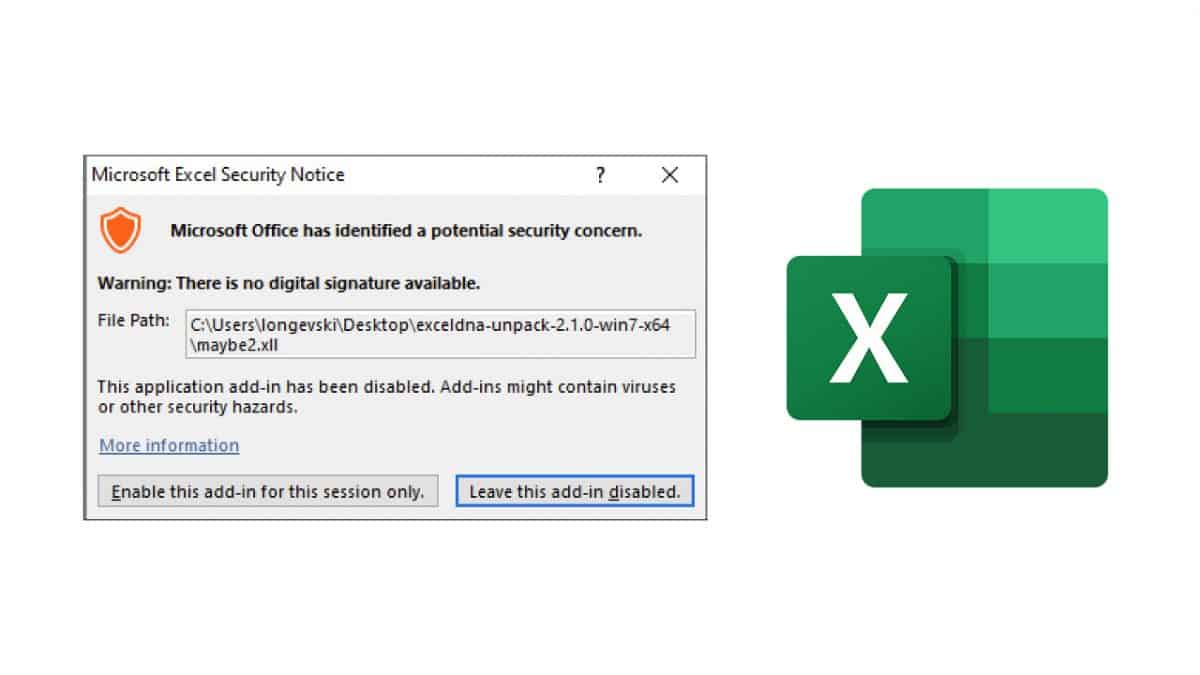

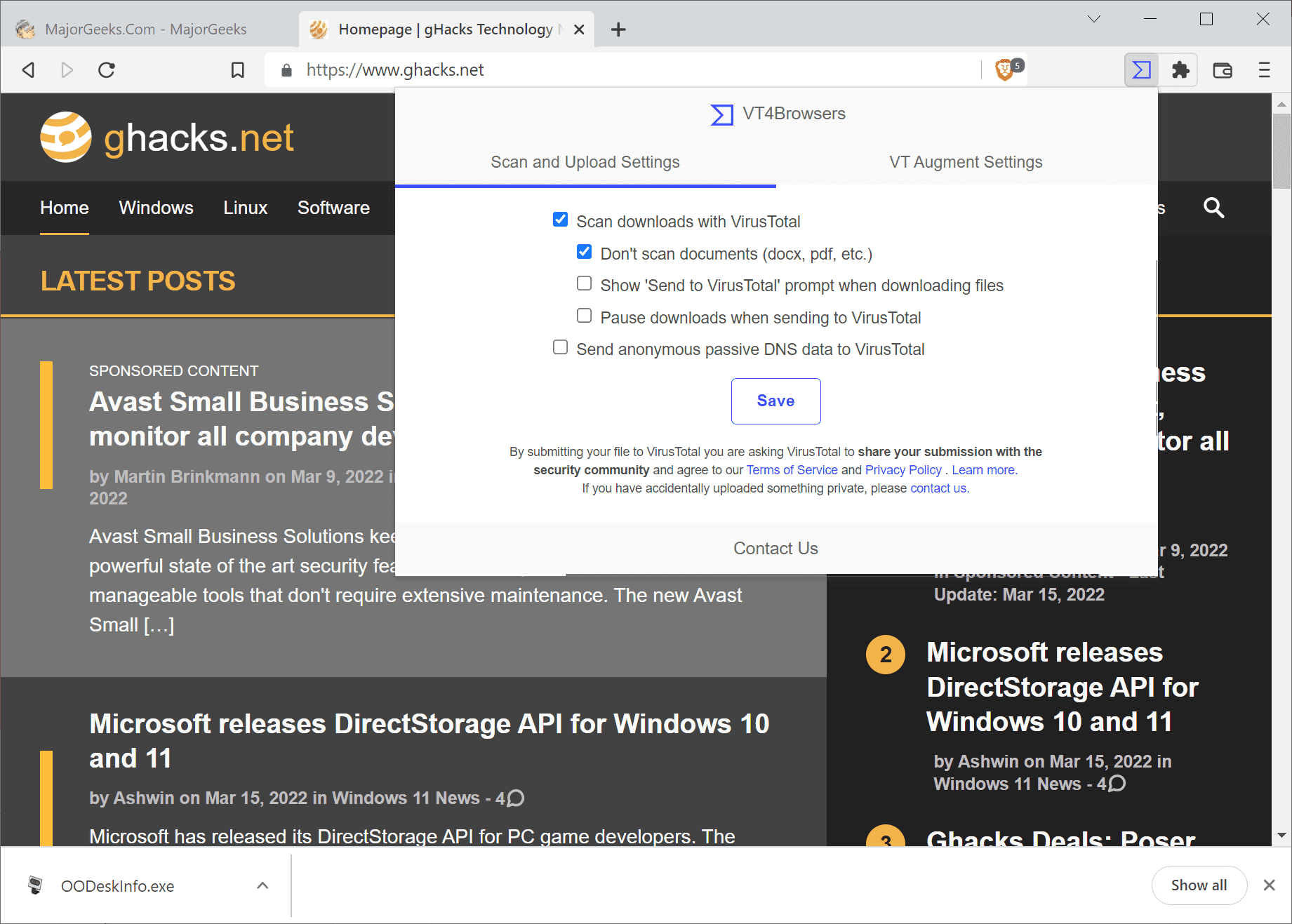
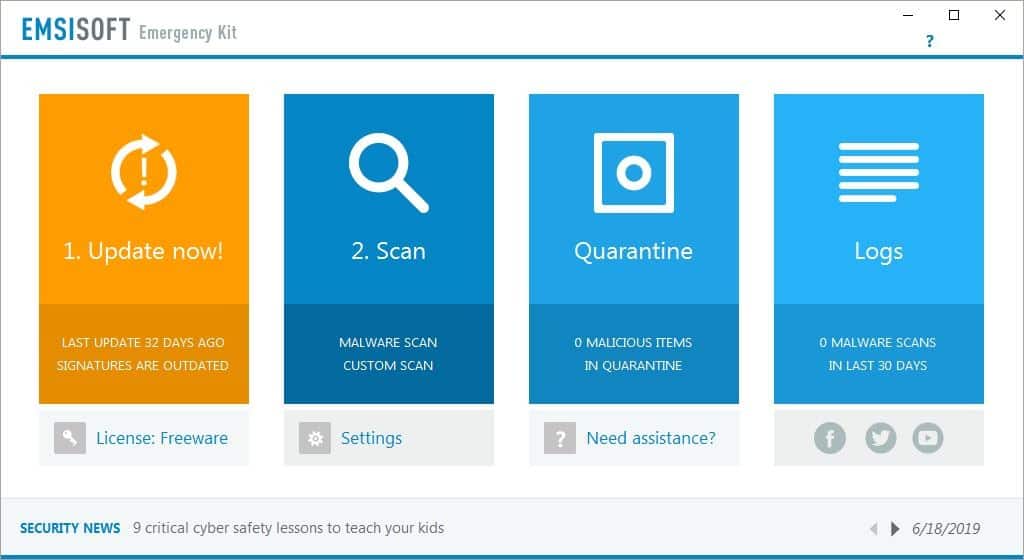
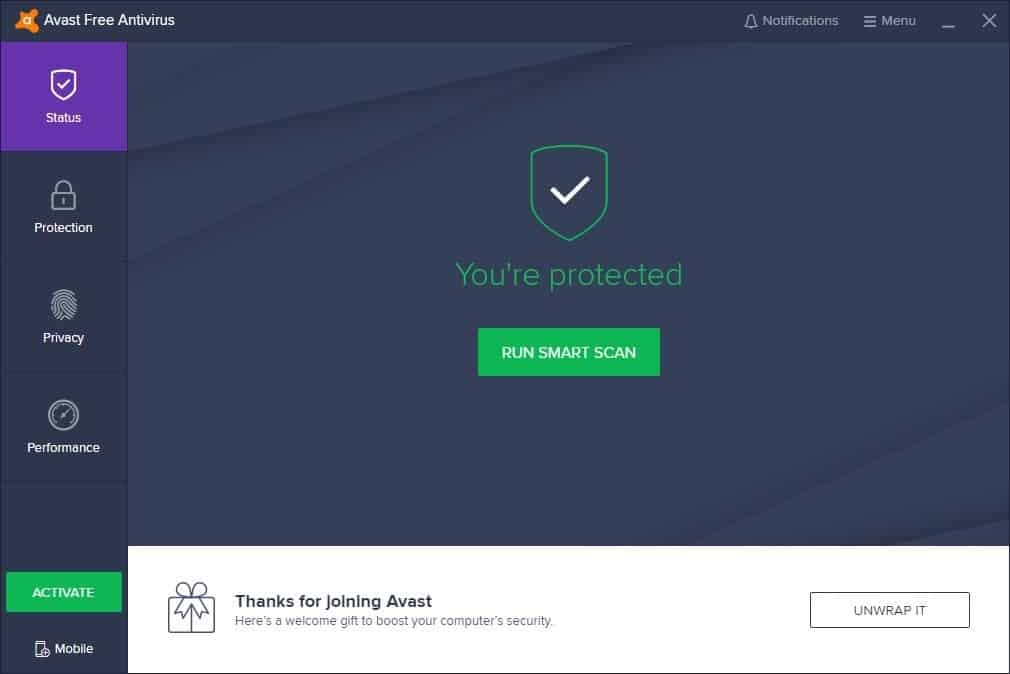
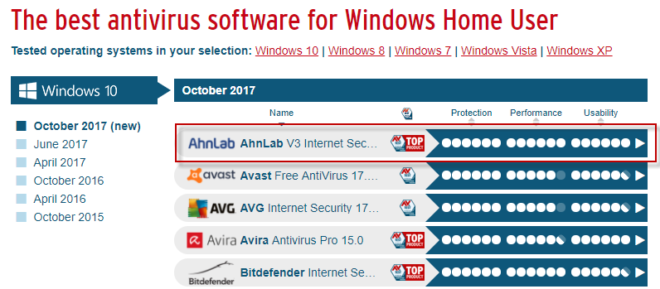
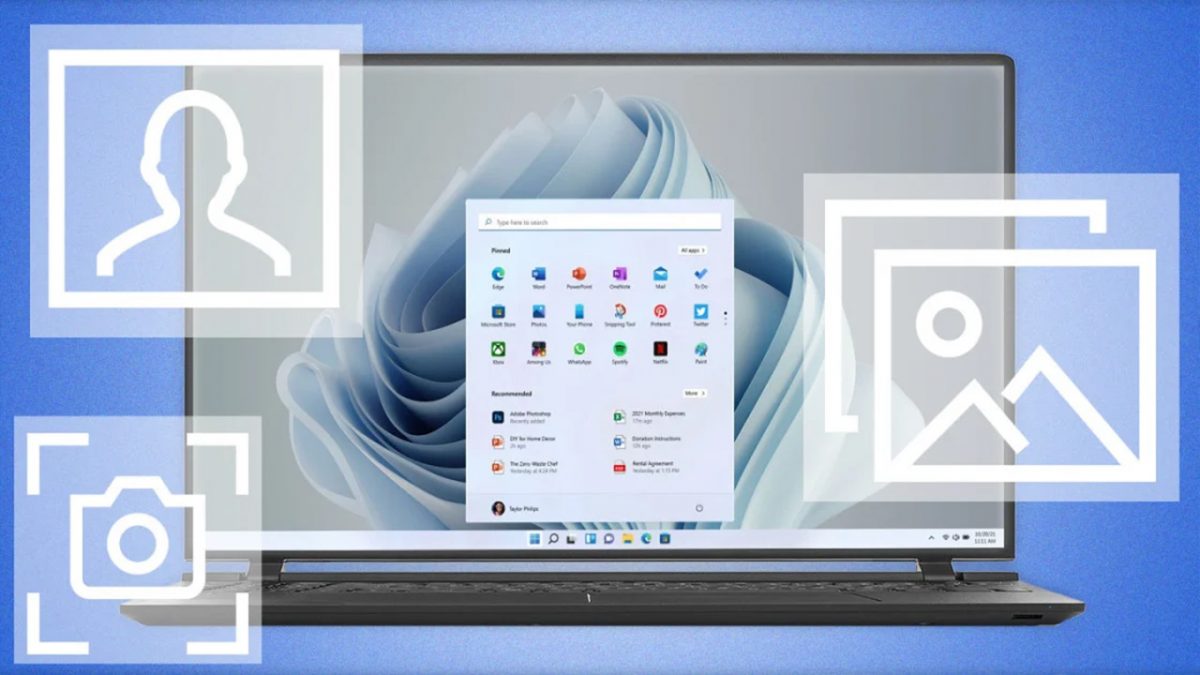
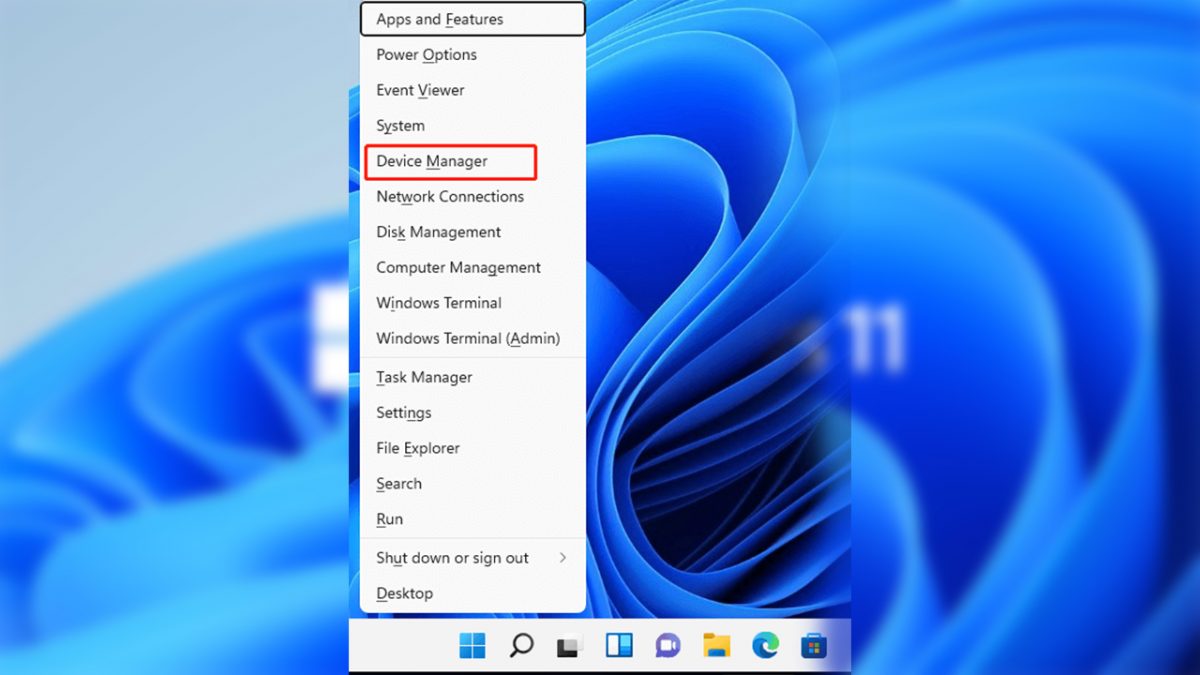
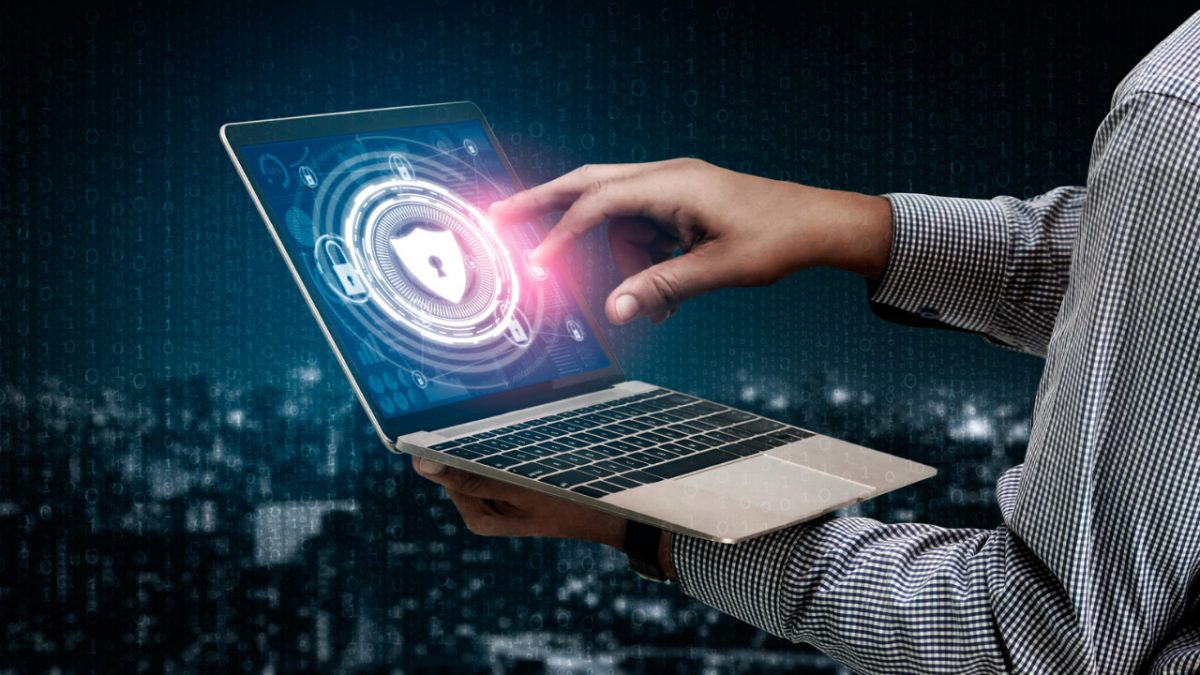
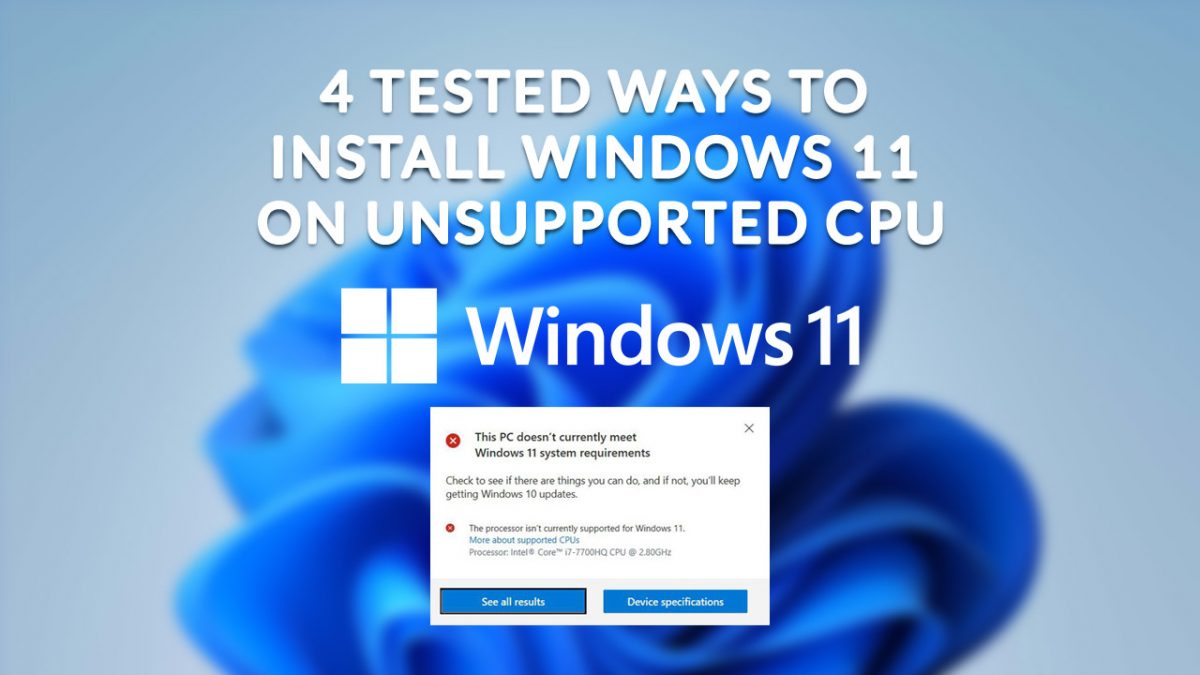











Simple solution is to reinstall windows with own version, which is something I do with any new bought PC.
I’m SO relieved to see that someone is finally catching on to this!
I’ve been fighting this battle for a month now having purchased FOUR NEW laptops within a 10 day period of time; all of them included bogus Win 7 versions, along with having backdoor trojans to allow remote access of the laptops usually within 24 hours of them first being powered on.
I kept documentation of everything that I am more than happy to share; if you all are interested, please email me.
“the guardian” as a respected tech source plus
yet another cycle of PR / BS / spin / fear from MS.
Phew, best flush twice.
Typo in the first line “about PCs being infected in Chine”,
Thanks corrected.